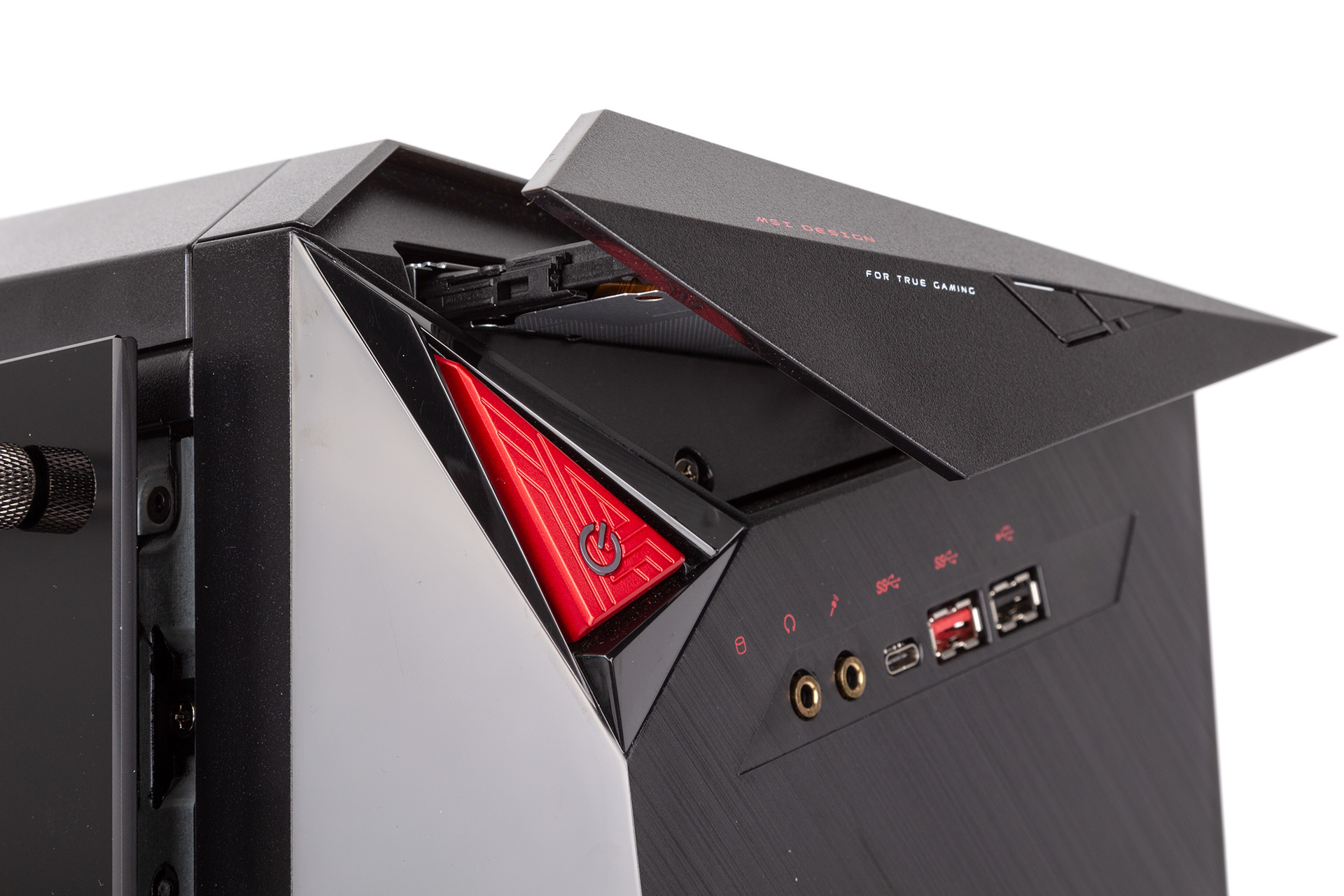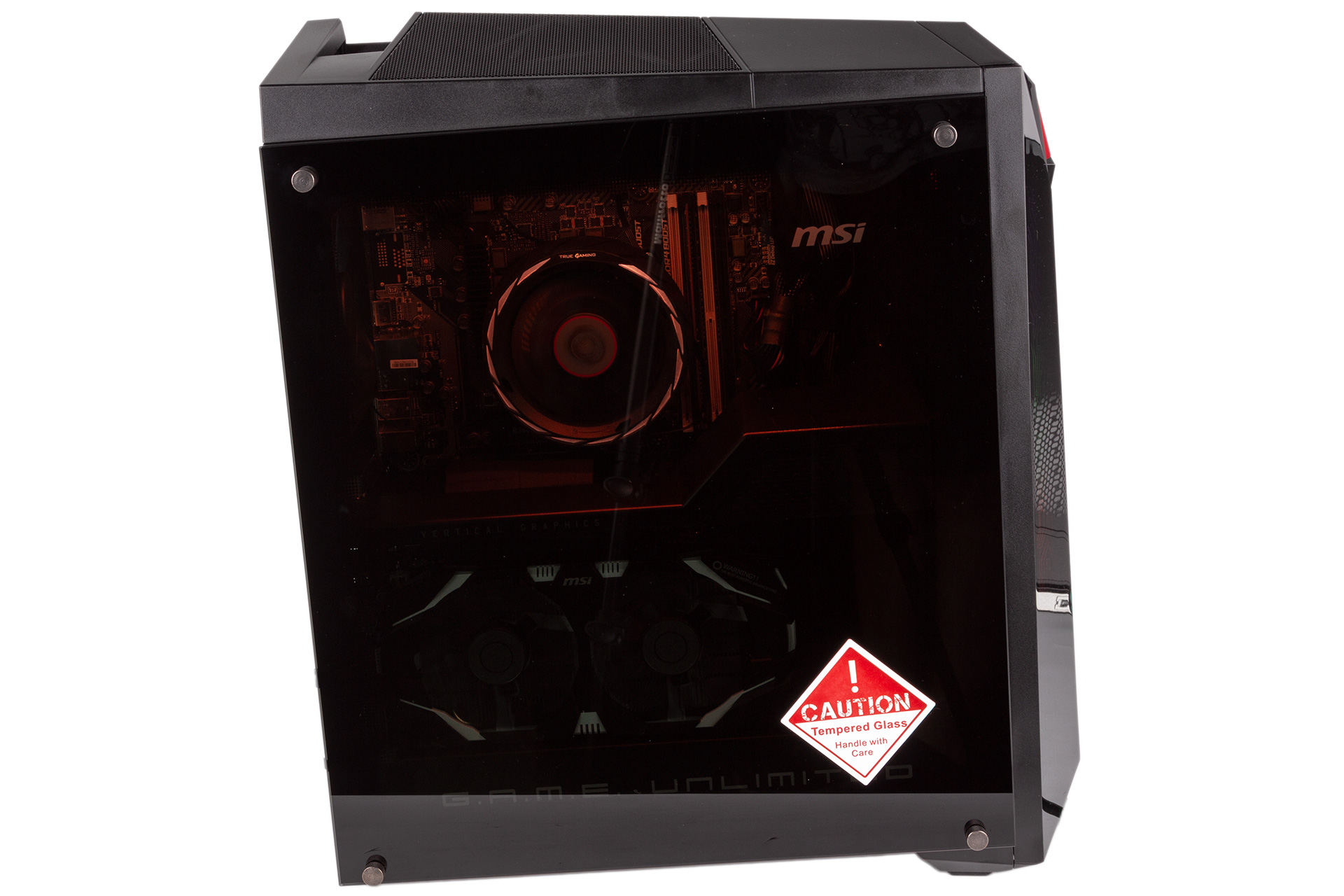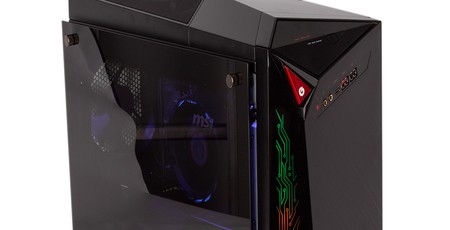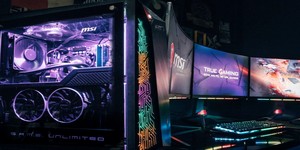Performance Analysis
As ever, the GTX 1060 is a fantastic card for 1080p gameplay, and it will do fine at 1440p too, although in some games at that latter resolution you might need to play at high settings rather than max/ultra. The Core i7-8700 does not appear to hold the card back either, and if you’re looking for a VR-capable system this one fits the bill. Scores in 3DMark only went down by just over one percent when we fitted the tempered glass side panel, so if you’re worried about a knock-on impact to performance from the lower airflow, the difference is going to be very small and imperceptible.
With 12 threads at its disposal, the Core i7-8700 is a good multi-tasker, but in our graphs it’s up against many systems with overclocked Core i7-8700Ks, and the difference is large when the cores are going all out. Still, scenarios like Cinebench or Handbrake aren’t really likely for this type of PC; the Core i7-8700 will handle any multitasking just fine and has plenty enough processing power for modern games. If you do frequently max-out all your cores, though, an overclocked CPU might be a better alternative.
The storage graphs don’t look good for the MSI Infinite A 8th, but most systems we test are fitted with a NVMe PCIe SSD as the primary drive rather than a SATA one like here. However, even with this in mind, the primary 128GB SSD seems very slow – file transfers would drop to around 50MB/s, which is just unacceptable. The system was tested next to two decent laptops on the same day, and updating Windows to the latest build was considerably slower on the MSI machine. The PCMark 8 storage traces are also slow by SATA SSD standards.
Results from the Optane-enabled 2TB volume are worth looking at, too. Where it really shines is random access, as evidenced by CrystalDiskMark. In our experience, the caching algorithm of Optane is decent, so game loading times from games installed here will be faster than a regular hard drive.

Power consumption is nice and low both when idle and when under load; the 550W PSU clearly was a safe choice.
We ran some thermal tests with both side panels, stressing the CPU and GPU at the same time. In both instances, the CPU was hitting 3.5GHz or 3.6GHz across all cores and peaked at around 83°C on a very warm day (well over 26°C ambient). All three fans are PWM-controlled, so speed does go up with the heat, but even in our worst-case testing the noise was acceptable. The GTX 1060, meanwhile, had different results with the different panels. Boost speed was only marginally higher (hence the lack of major difference in the 3DMark results), but the temperature was hitting the thermal limit of 83°C with the glass panel, and the fans were around 2,350 RPM. With the perforated steel panel, the temperature and fan speed dropped to 75°C and about 2,050 RPM, so there are sacrifices to be wary of when using the better looking side panel.
Conclusion
Testing the Infinite A 8th has been a mixed bag. On the one hand, you have a system capable of gaming at 1080p, 1440p, and in virtual reality with ease, and it comes with modern features like Type-C USB and integrated RGB lighting. The use of Intel Optane is also a nice way of boosting HDD speeds beyond what you’d normally expect. Having different side panels to pick from is a cool little touch as well.
However, there are downsides. For example, the primary SSD is low-capacity and often sluggish, and the chassis isn’t of the best quality. Having just a single stick of basic memory, and only 8GB at that, also feels very stingy at £1,400; a dual-channel 16GB kit should really be used.
The biggest concern by far, however, is pricing. Using the same or equivalent components, we hit a price of just over £950 when tallying up everything except the custom CPU cooler and case, so it’s fair to say you could build a similar system for £1,100 easily. Of course, value for the build process and warranty needs to be accounted for, but £300 is way too high for that these days. MSI also expects there to be lower pricing than the MSRP at retail through promotions, but that really just points to the larger issue which is that the Infinite A 8th looks to be a product that’s been specifically designed for retail environments. With its eye-catching chassis, it’s easy to see it standing out amongst bland looking desktop PCs, especially if it is paired and synchronised with RGB-laden monitors and peripherals, but under closer scrutiny it’s pretty clear that £1,400 could be spent on a far better system. Alternatively, you could get something similar for considerably less cash. Even if you’re a novice and don’t want to build something yourself, there will be compelling alternatives from many system integrators in the UK, as competition in that market is fierce.

MSI MPG Velox 100R Chassis Review
October 14 2021 | 15:04







Want to comment? Please log in.